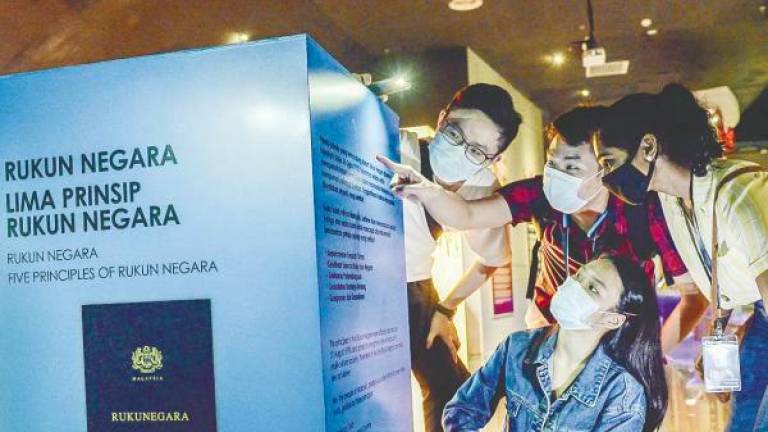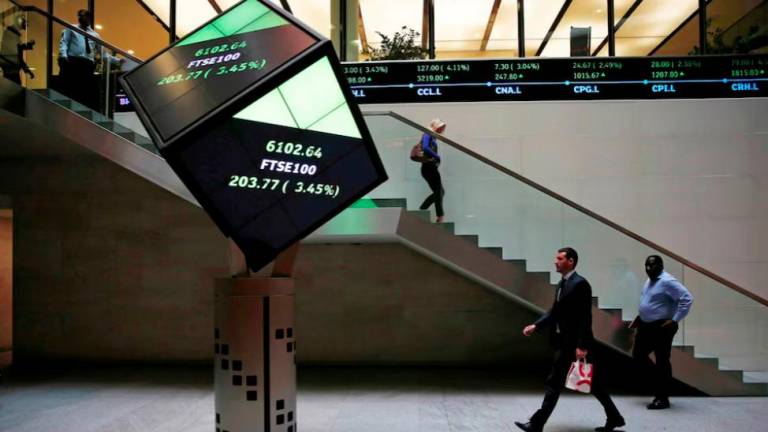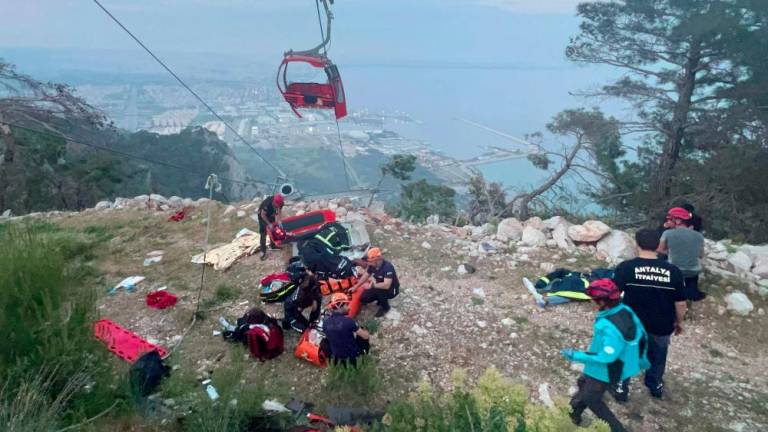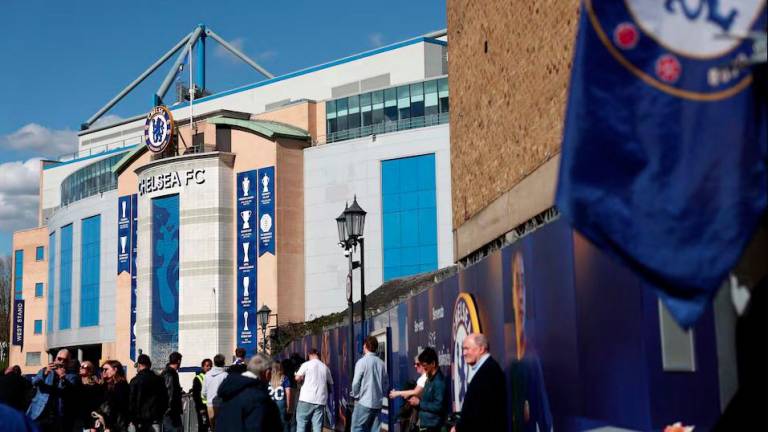TRYING to transform a national airline without a hyper-efficient airport and excellent connectivity for passengers is like trying to win a Formula 1 race bereft of the skills of a driver like Lewis Hamilton and denied the use of high-performance tyres. Without these two attributes, even a well-engineered Formula 1 car will turn in a sub-par performance.
Malaysia Airlines (MAS) faces well-documented problems which this article won’t deal with in detail.
Among its problems are two catastrophic plane crashes in 2014 – MH370 flying from KLIA to Beijing unaccountably disappeared and remains missing. Months later, MH17 was shot down over eastern Ukraine.
MAS also recorded successive losses from 2011 to 2017. Despite several recovery plans and RM6 billion received from major shareholder, Khazanah Nasional, the most recent filing for FY Dec 31, 2017 showed MAS’s net loss jumped by 85% to RM812.1 million.
Recently, the government appointed US investment bank Morgan Stanley to advise MAS about its options.
Equal attention, however, must be paid to revitalising Kuala Lumpur International Airport (KLIA).
Some may argue KLIA is a lesser priority. If MAS becomes a sought-after carrier, KLIA will benefit. Conversely, a well-managed airport with good connectivity could persuade travellers to fly MAS instead of opting for Singapore Airlines (SIA).
Consider this: the attractiveness of highly-ranked Cathay Pacific and SIA are boosted by their home airports. Hong Kong International Airport (HKIA) and Changi are frequently lauded for their efficiency, wide-ranging facilities plus super connectivity by air.
HKIA is my favourite for three reasons.
First, HKIA offers Marco Polo members a barcode pasted on their passports enabling immigration clearance in two minutes through electronic terminals without the hassle of submitting thumb prints. One snag – if you change passports, a new barcode is needed. I discovered the renewal process takes less than 10 minutes.
Pasting the barcode on passports means passengers don’t have to worry about forgetting to bring the Frequent Flyer card facilitating superfast immigration clearance.
On average 200,000 travellers use HKIA every day. This means the queues in front of 200 immigration desks are mind-bogglingly long.
Second, passengers receive their luggage exceptionally fast. Immediately after exiting immigration at HKIA, my luggage invariably arrives less than 10 minutes later.
Third, HKIA has exceptional connectivity – 90 airlines operate flights connecting to 150 destinations worldwide.
Although Changi airport matches HKIA in providing speedy luggage retrieval and connectivity, the former suffers one drawback.
Unlike HKIA, business or first class travellers don’t enjoy fast immigration clearance at Changi, particularly if they fly MAS which uses Terminal 2, Malindo Terminal 3 or AirAsia Terminal 4.
Perhaps I am also unlucky. On a few occasions when visiting Singapore for the day, an immigration officer insisted I state in the immigration form the name of the hotel I was staying at.
When I pointed out I was leaving Singapore the same day and showed my return ticket, the immigration officer was adamant.
“Since I had meetings in three geographically-different places, I asked which would be the most appropriate.
“Any place will do,” the immigration officer said. If the exact information doesn’t matter, why hassle passengers to state where they are spending their time in the republic?
Another annoyance at Changi is the need to provide a thumb print for immigration clearance.
Despite using copious amounts of hand cream, the lines on both my thumbs are too faint to be scanned. I have to go to a counter where the immigration officer notes in their records that my thumb prints can’t be taken.
Why can’t Changi use facial recognition to ascertain I am not an illegal attempting to gain entry into the republic?
I particularly like travelling on Garuda airline and landing in Jakarta airport. Both are exceptionally women-friendly.
Garuda business class passengers hand their baggage tags to a porter who retrieves their luggage, loads luggage onto a trolley before handing it to the passenger.
I find this extremely helpful. Because I injured both shoulders some years ago, I can’t lift my over-sized luggage from the conveyor belt to the trolley.
Additionally, there is no need to fill immigration forms at all Indonesian airports.
Since passports are scanned, all requisite information about passengers is available while flight details are provided through advance passenger lists. Equally helpful is a pink lane at Jakarta airport for women travellers enabling speedy clearance.
For KLIA, my biggest beef is trying to detach a luggage trolley from the massed ranks.
I once saw four men struggling – and failing – to do this. In HKIA, single trolleys are lined up in a row on the arrival platform providing passengers on the HK Express Train easy access.
Another beef is the sporadic breakdowns of one – occasionally both – trains connecting KLIA’s main terminal to the satellite terminal. Because KLIA often fails to provide advance warning, passengers risk missing their flights.
Opinions expressed in this article are the personal views of the writer and should not be attributed to any organisation she is connected with. She can be contacted at siokchoo@thesundaily.com














